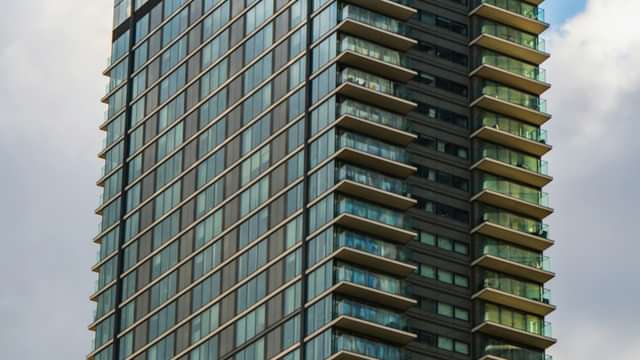On 28 April 2022 the Building Safety Bill, which had been ping-ponging between the House of Lords and the House of Commons for months, finally gained Royal Assent. Over the next 12-18 months numerous pieces of secondary legislation will be enacted to bring about the wide ranging changes introduced through the now Building Safety Act (the “Act”).
We won’t have to wait long to see the first changes as the Defective Premises Act and the Building Act will be amended on 28 June 2022 widening causes of action and lengthening limitation periods. The remainder of the Act will come into force in due course and there will be seismic changes if all goes in accordance with the Government’s current 31 factsheets of guidance. From the introduction of the new HSE role of Building Safety Regulator to the introduction of the digital golden thread of data - the changes ahead are broad and capture all elements of a building’s life cycle.
During design and construction there are new Gateways to navigate which can allow the Regulator to order works to stop at certain places along the programme if criteria is not adhered to. At handover there will be new rules surrounding what information needs to be provided to the person responsible for the building and how they are then to maintain this information. New causes of action for defects relating to construction products sit alongside building liability orders and a stricter regime for the safety of those in ‘higher risk’ residential buildings.
Greater protection is built in for leaseholders with caps introduced on the amount of service charge which can be claimed for certain rectification works. The Government’s general approach of late has been to place the costs for the remediation of higher-risk buildings back firmly in the hands of the developers who built them in the first place. Numerous developers have subsequently withdrawn their buildings from the Government’s Building Safety Fund and have pledged to pay for necessary remediation work themselves. In addition to this, the Act introduces a proposed levy on developers of new build residential and the potential residential developer’s tax.
Five years’ after the terrible tragedy at Grenfell tower we now have our first real hard hitting piece of legislation, but as above this will not come fully into force until October 2023. The devil is in the detail however with so many factsheets in place and pieces of secondary legislation required to enact the Act. With confusion surrounding what happens to buildings in the planning and design phase now which won’t complete before October 2023, what is required for the new roles and the new causes of action and what is required to make up the golden thread of data amongst a few of many more questions arising of this legislation it is a case of wait and see.





























































































